This chapter outlines the pertinent pathoanatomy and method of clubfoot treatment as outlined by Professor Ignacio Ponseti ()The goal of treatment for idiopathic clubfoot is to produce a flexible, plantargrade foot that is painless for the life of the individual and that does not require orthotics after the completion of treatment Dr John Herzenberg is one of the world's leading experts on the Ponseti method for clubfoot treatment, and one of the first pediatric orthopedists outside of Ponseti's home state of Iowa to start using Dr Ponseti's method The Ponseti Method is a mostly nonsurgical treatment for correcting clubfoot It involves three phasesWhen treatment begins within the first three weeks after birth, most infants grow up without any physical symptoms, pain, or walking dysfunction due to clubfoot This treatment has a success rate of greater than 90 percent, and results can be seen after one or two weeks of casting

Club Foot Talipes In Babies Causes Signs Treatment Youtube
Club foot treatment time
Club foot treatment time-Although clubfoot can't be prevented, treatments can correct foot alignment and improve range of motion For example, a series of casts can gradually stretch and straighten the foot Splints, braces or special shoes can also help prevent a relapse of clubfoot Primary clubfoot treatment If your child has clubfoot, it will make it harder to walk normally, so doctors generally recommend treating it soon after birth Doctors are usually able to treat clubfoot successfully without surgery, though sometimes children need followup surgery later on
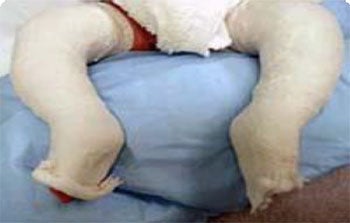



Clubfoot Treatment Boston Medical Center
The treatment of clubfoot has evolved over time and can generally be divided into two main approaches Conservative and Surgical Approaches The goal of treating clubfoot remains the same whatever the approach to provide longterm correction of the deformity resulting in a foot that is fully functional and painfree 1 Although it is sometimes recommended that idiopathic clubfoot (talipes) be treated as soon as possible, this condition does not constitute an orthopedic emergency Clubfoot Treatment, Causes, and Symptoms What Is Clubfoot?
Treatment for clubfoot Treatment for clubfoot usually involves a series of casts called the Ponseti technique to gradually reposition the foot About 90% of babies will also require a surgical procedure to lengthen the Achilles tendon in their heel After the tendon heals, your child wears a brace to prevent the clubfoot from recurring Sometimes nonsurgical treatments, such as casting, can correct clubfoot Casting is a method for correcting clubfoot in the hopes of avoiding surgery The Ponseti method isClubfoot is a congenital condition, one that a baby is born with in which the foot or feet turn inward It won't go away on its own, but with early treatment, children experience good results Clubfoot treatment includes the Ponseti method, a nonsurgical treatment to
Clubfoot Treatment Testimonials "I first learned about Dr Rodriguez in an online support group for parents of children with clubfoot I was looking for a doctor trained in the Ponseti method of clubfoot treatment to work with my yearandahalfold son with neglected clubfoot who we were in the process of adoptingClubfoot is a congenital foot deformity that affects a child's bones, muscles, tendons, and blood vessels The front half of an affected foot turns inward and the heel points down In severe cases, the foot is turned so far that the bottom faces sideways or up rather than down The condition, also known as talipes equinovarus, is fairly commonClubfeet in the course of correction Treatment is usually with some combination of the Ponseti method and French method The Ponseti method involves a combination of casting, Achilles tendon release, and bracing It is widely used and highly effective under the age of two




Clubfoot Treatment At Kayal Orthopaedic Center In New Jersey



Club Foot Treatment And Management Kerala
Ignacio V Ponseti can be credited with developing a comprehensive technique for treating congenital clubfoot in the 1940s One of the major principles of this technique is the concept that the tissues of a newborn's foot, including tendons, ligaments, joint capsules, and certain bones, will yield to gentle manipulation and casting of the feetTreatment can be shortened by changing the plaster casts every five days 2 1/2 months, the baby's feet are corrected After casting, bracing is crucial to maintain the correction and prevent relapses of the clubfoot deformityAnd treatment The deformity in idiopathic club foot is both cosmetic and functional with associated hypoplasia of skin, muscles, bones, tendons, ligaments and neurovascular bundle on the medial side and the affected foot is smaller than the normal foot 2 Current treatment of clubfoot deformity includes initial trials of
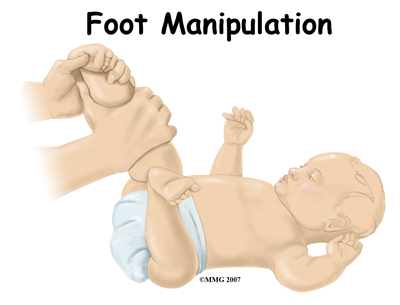



Physical Therapy In Plymouth For Pediatric Issues Clubfoot
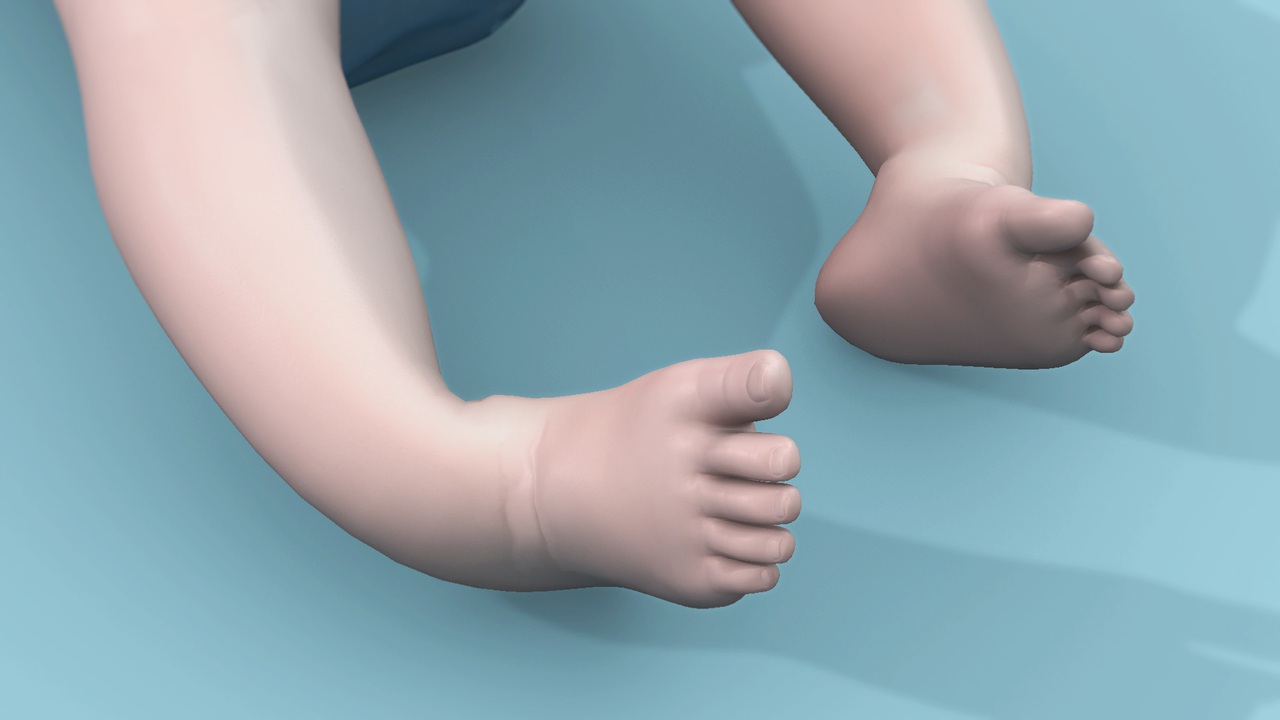



Clubfoot Treatment Bilateral Club Feet Foot Pain
CONGENITAL CLUBFOOT AND THE PONSETI TREATMENT IN CHINA 1 Information about Congenital Clubfoot Congenital Clubfoot is Clubfoot present at birth Clubfoot is one of the most common congenital deformities About 1 in every 1000 children is born with clubfoot worldwide Congenital Clubfoot is a developmental deformationThe University of Iowa is the home of modern treatment for clubfoot The late Ignacio Ponseti, MD, developed the Ponseti method for clubfoot treatment, which has been accepted worldwide When treated by expert hands practicing the Ponseti method, infants born with clubfeet will have normal looking feet with normal functionKnowledge, skill, and interaction between the veterinarian and farrier are necessary for a successful outcome when treating a horse with a club foot, regardless of whether treatment is limited to farriery or combined with surgery References and Footnotes O'Grady SE, Parks AH, Redden RF, et al A glossary of therapeutic farriery terms
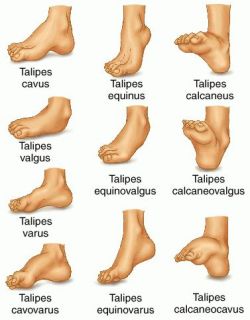



Do You Suffer With A Club Foot Put Your Feet In Our Hands




Club Foot Nhs
Clubfoot treatment Talipes or club foot can be treated by 3 different methods depending on the type These treatments include Ponseti method In this method, the doctor gently manipulates the child's foot into a proper position This method includes massaging, exercise or putting plaster cast Every few weeks or days, the doctor stretchesHow is clubfoot treated without surgery?Treatment Your doctor will begin to correct your baby's clubfoot shortly after they're born Babies don't use their feet until they learn to stand and walk, so the goal is to fix it early enough to
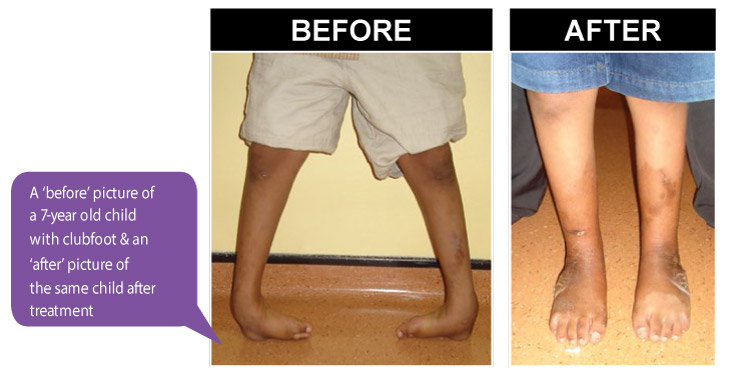



Treating Clubfoot Positive Parenting




Club Foot Akron Children S Hospital Video Youtube
Welcome to LA's Premier Clubfoot Program At OIC's Center for Clubfoot, we use the 3stage Ponseti method as our first line of treatment for clubfoot, which involves stretching, casting and bracing A proven approach to correcting clubfoot, research has shown the Ponseti method is 95% effective when used properlyTreatment for club foot usually starts within 1 to 2 weeks of your baby being born The main treatment, called the Ponseti method, involves gently manipulating and stretching your baby's foot into a better position It's then put into a cast This is repeated every week for about 5 to 8 weeksThe medical name for clubfoot is congenital talipes equinovarus (CTEV) It is a congenital deformity that may affect both feet or only one foot The affected foot appears to rotate internally at the ankle If a child is not treated for this disorder, they will walk on the sides of their




Club Foot Talipes In Babies Causes Signs Treatment Youtube



Clubfoot Treatment In Kolkata India Kids Orthopedic
Most cases of clubfoot can be successfully treated without surgery For the majority of babies, stretching and reshaping the foot is the best treatment option There are a few reliable techniques for treating clubfoot with stretching The most widely used is called the Ponseti method"Untreated" clubfoot is defined as a clubfoot that has had no treatment before walking age which is usually about 1 year Once a child starts walking on an untreated clubfoot, the lack of treatment leads to the clubfoot being defined as "neglected" The neglected clubfoot presents with bony deformity as the bones ossify according to how Dealing with a club foot as an adult Just over a year ago I was referred to a physio after complaining to my GP about pains in my left foot and noticing a wobble when I walked The physio started the examination by asking me if I knew I had a slight club foot At the age of 61 this was a bit of a surprise as I
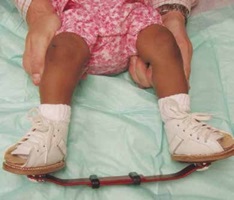



Club Foot Treatment



Clubfoot Treatment Steps
The initial treatment of clubfoot is nonsurgical, regardless of how severe the deformity is Ponseti method The most widely used technique in North America and throughout the world is the Ponseti method, which uses gentle stretching and casting to gradually correct the deformityTreatment The modified Ponseti method is an effective first line treatment for atypical clubfoot, but it requires an increased number of casts and an increased rate of relapse and surgical releases have been reported (Matar, 17) Ponseti described modifyingThe Faith Clinical Orthopedic Rehabilitation Center (FACORC) is a faithbased non for profit organization that provides free treatment to clubfoot children in Liberia FACORC was established March 11 by a group of concerned Liberians who, after assessing the health status of the country, realized that there were no services available for
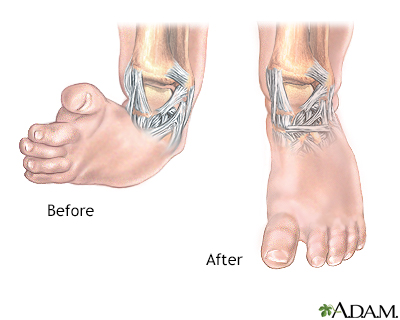



Clubfoot Information Mount Sinai New York



Partner Organisation Of The Month Zero Clubfoot Global Clubfoot Initiative
Clubfoot is a deformity in which an infant's foot is turned inward, often so severely that the bottom of the foot faces sideways or even upward Most cases of clubfoot can be successfully treated with nonsurgical methods that include stretching, casting, and bracingThe Ponseti method is the most common and effective clubfoot treatment This treatment uses a series of casts and braces to rotate the baby's foot into a corrected position The foot is rotated externally until it is turned out 6070 degrees Clubfoot Treatment is a medical procedure / surgery that requires coordination between specialist surgeons, anesthetists and various other specialist medical professionals




A Step In The Right Direction Treating Clubfoot Sans Surgery Health Beat Spectrum Health



Clubfoot Orthoinfo os
To ensure your convenience, below is the information you need about our hours, location, appointment scheduling, insurance acceptance and billing Ashburn Office 905 Professional Plaza Suite 310 Ashburn, VA 147 Tel (703) Fax (866) Office Hours Monday 0900 AM 0500 PM Tuesday 0900 AM 0500 PMAlso, take some time to review our staff page and familiarize yourself with the doctors We look forward to your first visit Driving Directions × Fairfax Office 9918 Main St Fairfax, VA (703) Enter your zip, city & state, or address for directions Casting for Club Foot Using the Ponseti method, the clubfoot is manipulated or stretched every five to seven days and the plaster casts are changedThis baby is on one of his last treatments for his clubfeet and will then wear a brace for a few years An alternative to serial casting is a specialized physical therapy treatment program, in which your child undergoes daily
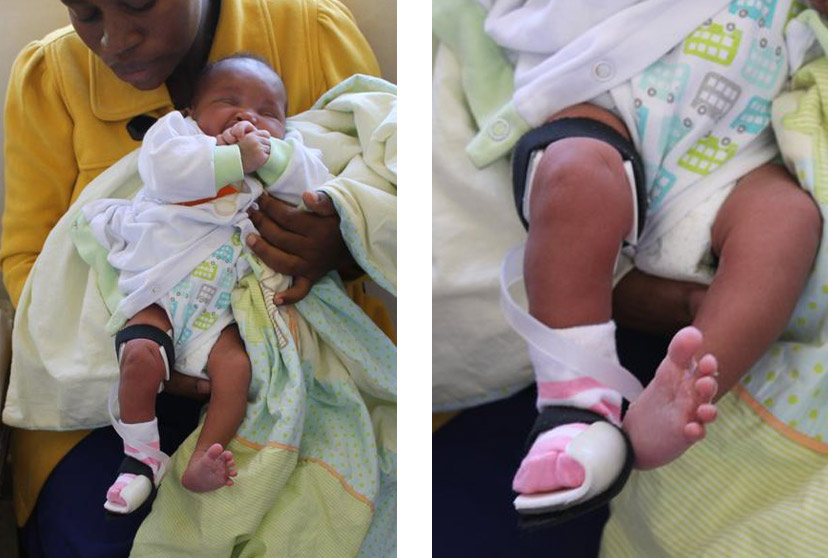



Club Foot Treatment




Non Surgical Treatment For Clubfoot Helps Those Who Can T Afford It Pbs Newshour
Treatment Fungicides will NOT treat this soildwelling microorganism Choose resistant cultivars when possible Try to prevent the occurrence of this disease byClub Foot Treatment It is important to begin treatment early on, because the younger the child is, the easier it is to correct the problem This is because the foot is easier to shape Treatment is almost always nonoperative and surgery is only used as a last resortThe Center for Pediatric Orthopedics at Phoenix Children's is dedicated to offering the most comprehensive and stateoftheart care for children's orthopedi
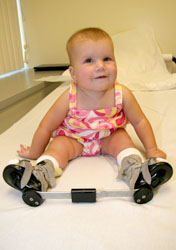



The Clubfoot Correction How Parents Pushed For A Better Treatment Kaiser Health News
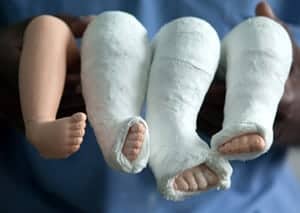



Children S Clubfoot Treatment Causes Pediatric Foot Ankle
Keywords Ponseti's Treatment for Congenital Clubfoot (1963) In 1963, Ignacio Ponseti and Eugene Smoley experimentally determined an effective and minimally invasive method of treating congenital clubfoot Congenital clubfoot is a disorder in which a newborn's foot is rigidly turned inwards and upwards During the early 1960s, orthopedistsModern treatment for clubfoot follows the Ponseti Method, a mainly nonsurgical treatment involving weekly massage and plaster cast application to gradually improve the position of the foot This is usually followed by a minor procedure known as a tenotomy and fitting of a foot abduction brace to maintain the correctionClubfoot Treatment The treatment for clubfoot consists of two phases Ponseti serial casting and bracing Treatment is always necessary, because the condition does not get better with growth Ponseti Serial Casting The Ponseti technique of serial casting is a treatment method that involves careful stretching and manipulation of the foot and holding with a cast




Clubfoot Treatment Non Surgical Clubfoot Treatment Ponseti Method Los Angeles




Clubfoot Symptoms Causes And Treatment Options
The Ponseti Method is a simple, and in skilled hands, very effective method of treating clubfeet It requires only skill, patience and plaster The Doctor takes the baby's foot in his or her hands and stretches the medial ligaments slightly and holds the foot in place while an assistant applies a cast After a week, the first cast is cut awayClubfoot won't get better on its own It used to be fixed with surgery But now, doctors use a series of casts, gentle movements and stretches of the foot, and a brace to slowly move the foot into the right position this is called the Ponseti method The Ponseti method is done in two phases the casting phase and the bracing phaseIdeally, treatment of clubfoot should begin around a week after birth That's when the bones, ligaments and tendons are still soft and can be easily moved into the correct position However, treatment doesn't happen for all babies Sometimes clubfoot goes untreated during childhood and even adulthood




Starship Resources For Children Coming To The Orthopaedic Clinic For Clubfoot
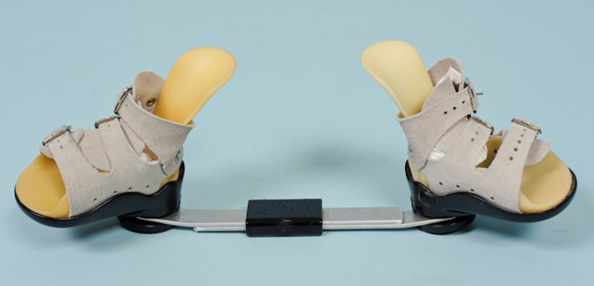



Orthokids Clubfoot
Clubfoot occurs because the connecting structures between the leg and foot are short and too tight causing the foot to twist inward It is unknown what causes clubfoot However, there is an increased risk in families with a history of clubfeet Doctors at Riley at IU Health use a threestep process to treat clubfoot casting, tenotomy and bracing




Club Foot Treatment Orthopaedic Institute For Children




Treatment Of Relapsed Residual And Neglected Clubfoot Adjunctive Surgery Journal Of Children S Orthopaedics




Fundraiser By Amanda Brincat Isaac And Andrew S Clubfoot Treatment




Best Club Foot Baby Kissy Toes Ideas Club Foot Baby Club Foot Baby
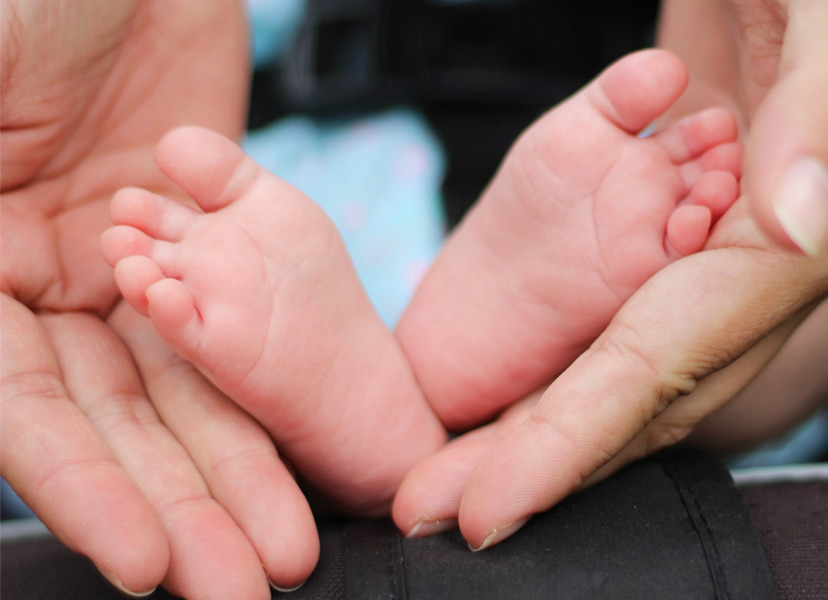



What Is Club Foot



Club Foot




Clubfoot Treatment Before Afters Clubfoot Ponseti Method Pictures Los Angeles




How Is Clubfoot Corrected The Clubfoot Club




Children S Clubfoot Treatment Causes Pediatric Foot Ankle




The 17 Abjs Nicolas Andry Award Advancing Personalized Medicine For Clubfoot Through Translational Research Springerlink




Supplemental Materials For Treatment Of Severe Recurrent Clubfoot Foot And Ankle Clinics
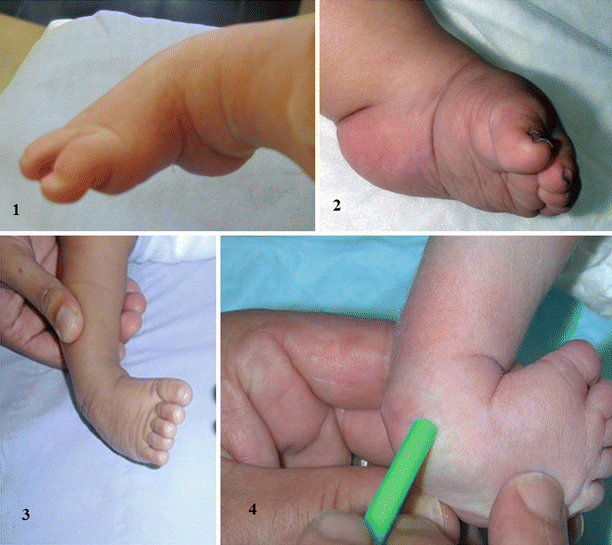



Evidence Based Treatment For Clubfoot Springerlink
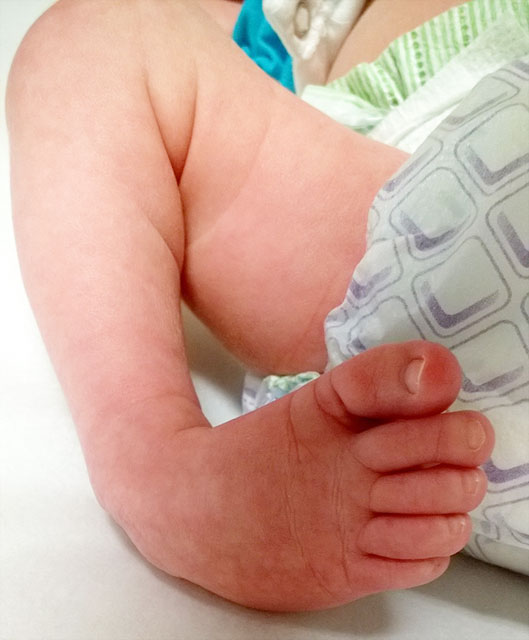



Clubfoot Johns Hopkins Medicine
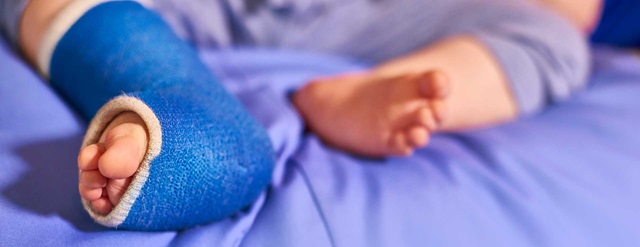



Clubfoot Johns Hopkins Medicine
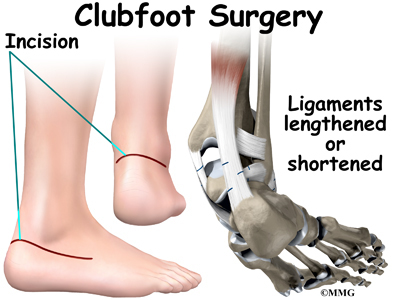



Conditions And Treatments




Club Foot Symptoms And Treatment




Pdf Treatment Of Relapsed Residual And Neglected Clubfoot Adjunctive Surgery Semantic Scholar




Clubfoot Children S Orthopaedic And Scoliosis Surgery Associates Llp
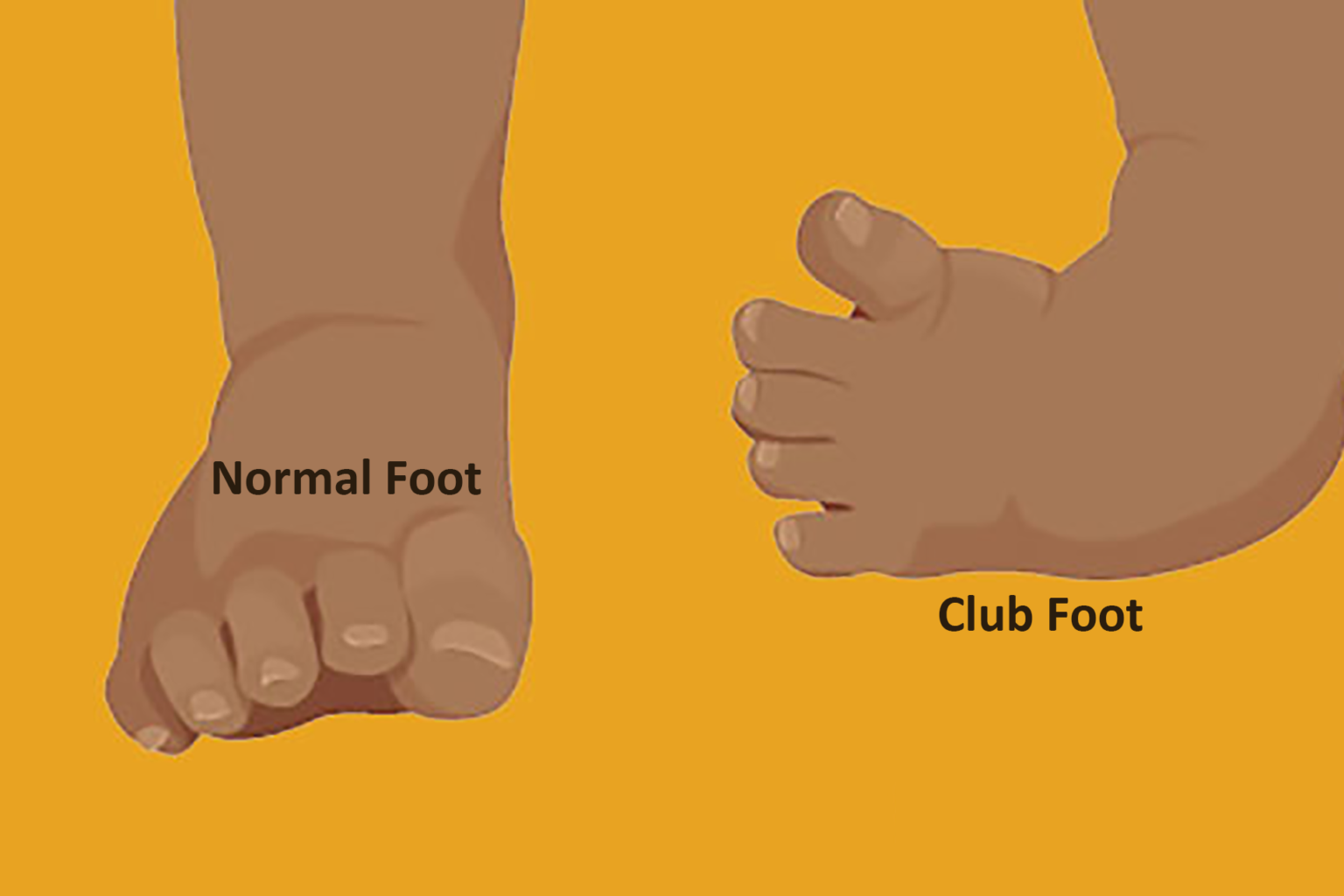



Clubfoot Deformity Triumph Therapeutics Speech Therapy Occupational Therapy Physical Therapy In Washington Dc



Clubfoot Orthoinfo os
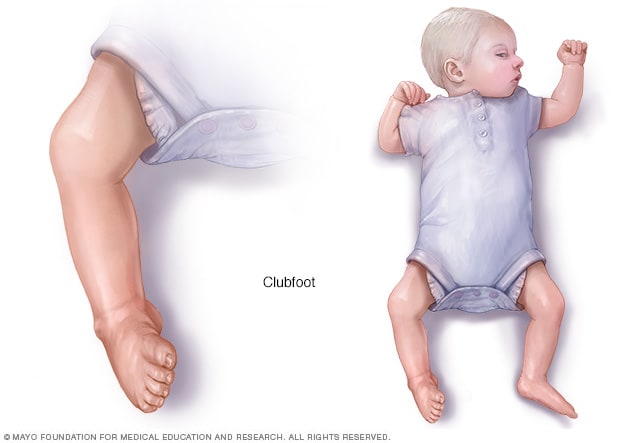



Clubfoot Symptoms And Causes Mayo Clinic
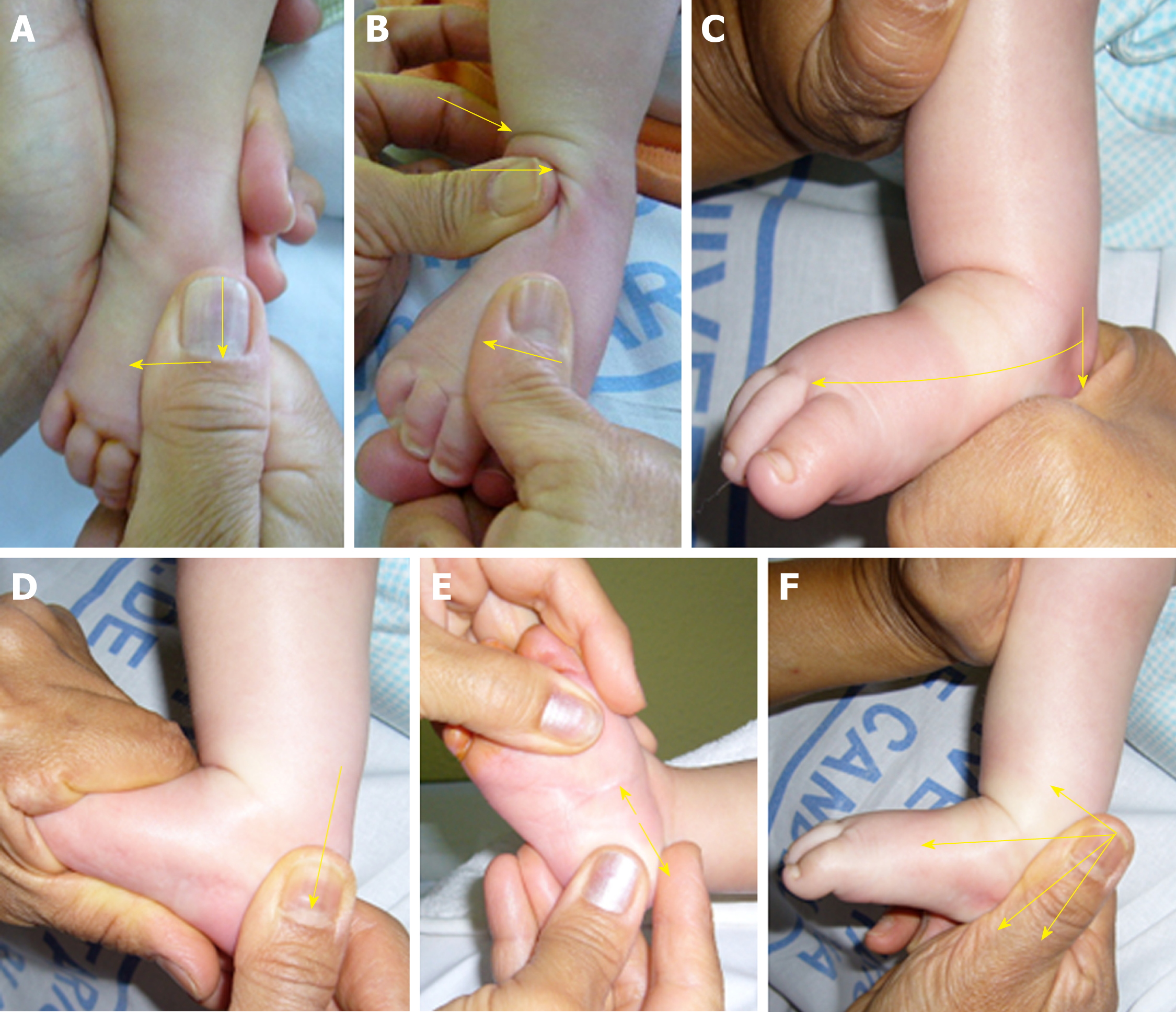



Functional Physiotherapy Method Results For The Treatment Of Idiopathic Clubfoot



3



Clubfoot Orthoinfo os




A F A A 7 Month Old Girl Presented With Unilateral Clubfoot With Download Scientific Diagram




Pdf Midterm Results Of The Ponseti Method In The Treatment Of Congenital Clubfoot Semantic Scholar




Clubfoot Shriners Hospitals For Children St Louis




Sometimes Aid Is Transformative A Look At A Simple Affordable Clubfoot Treatment Scope
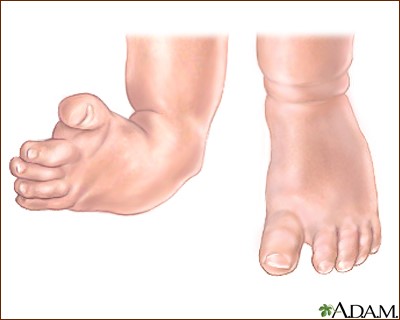



Antidepressants And Clubfoot Birth Defect




Clubfoot Treatment Services In Veerbhadra Nagar Pune Id




How Parents And The Internet Transformed Clubfoot Treatment Shots Health News Npr
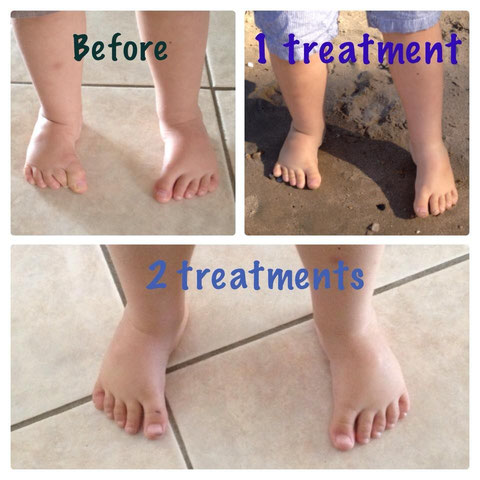



Emmett Reducing The Symptoms Of Clubfoot Emmett Therapies




Clubfoot Solutions Learn About Our Efforts To Treat Clubfoot



1
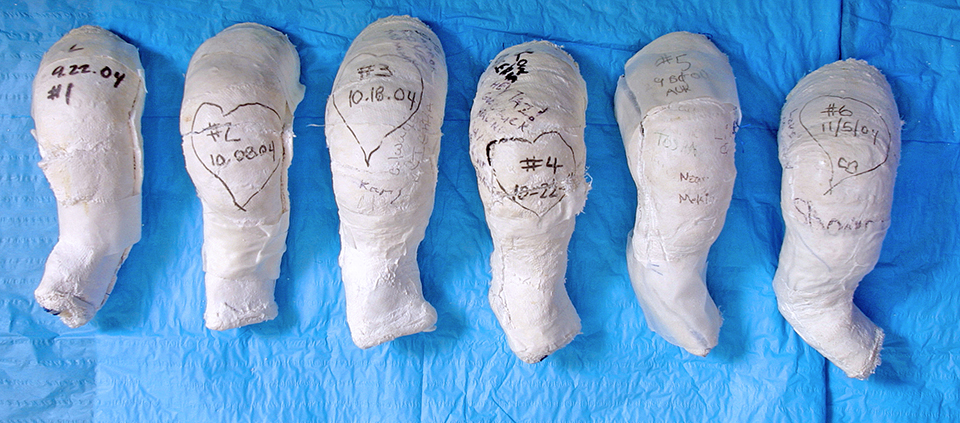



Clubfoot Baltimore Md International Center For Limb Lengthening
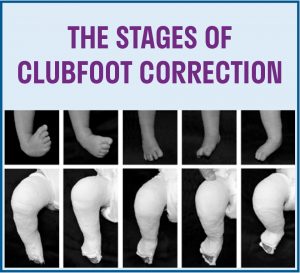



Treatment Strategies Paley Orthopedic Spine Institute




Predicting Recurrence After Clubfoot Treatment Lower Extremity Review Magazine
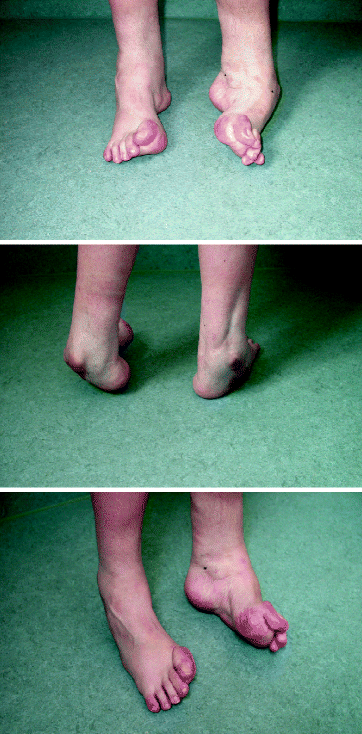



The Current State Of Treatment For Clubfoot In Europe Springerlink




Clinical Aspect Of Monolateral Right Clubfoot At Birth A And At 18 Download Scientific Diagram




Clubfoot Diagnosis Treatment And Prevention Via Drgreene Com



1




Clubfoot Treatment At Kids Orthopedic Kolkata By Kids Orthopedic Issuu




Clubfoot Footcaremd
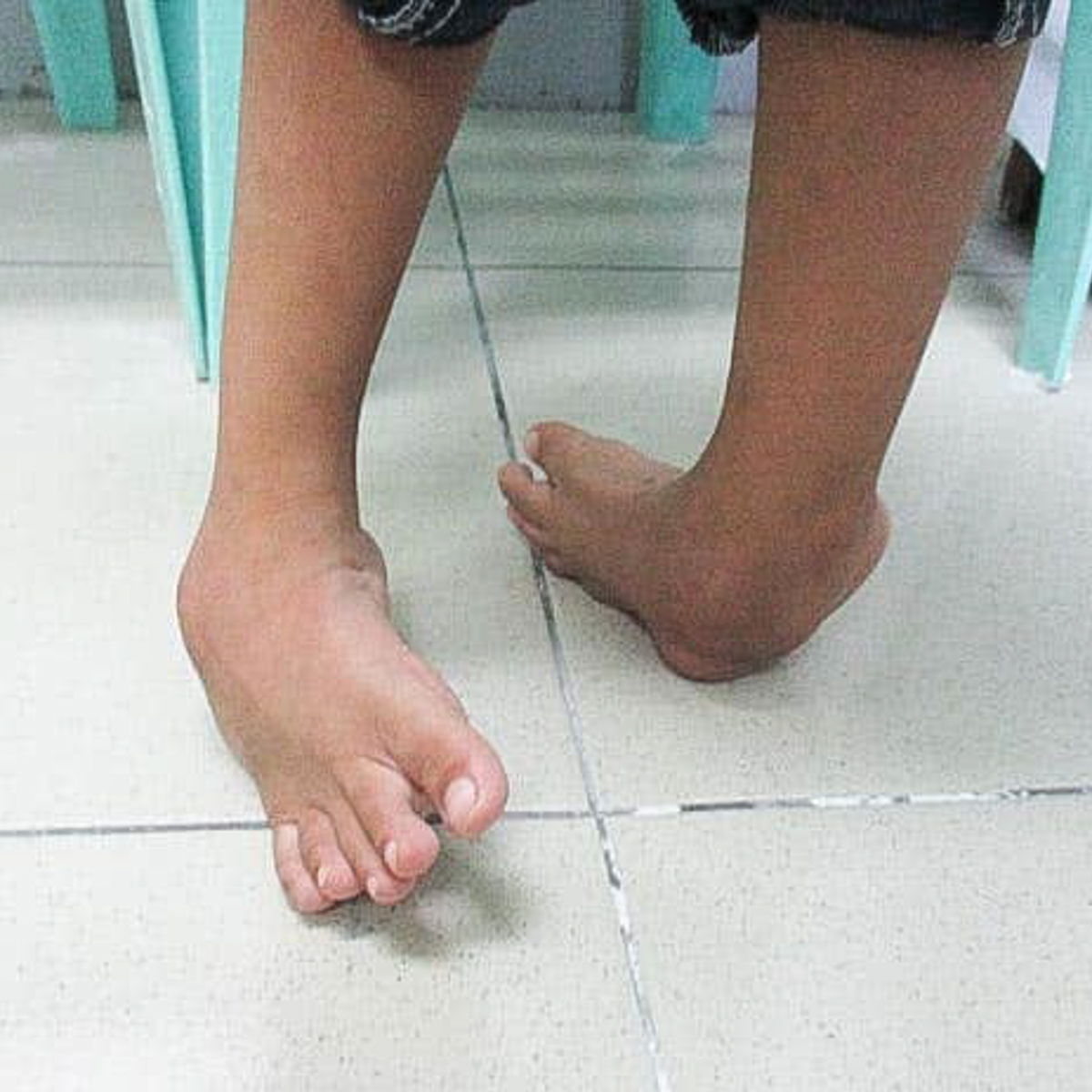



Not All Clubfoot Treatment Created Equal Operation Blessing
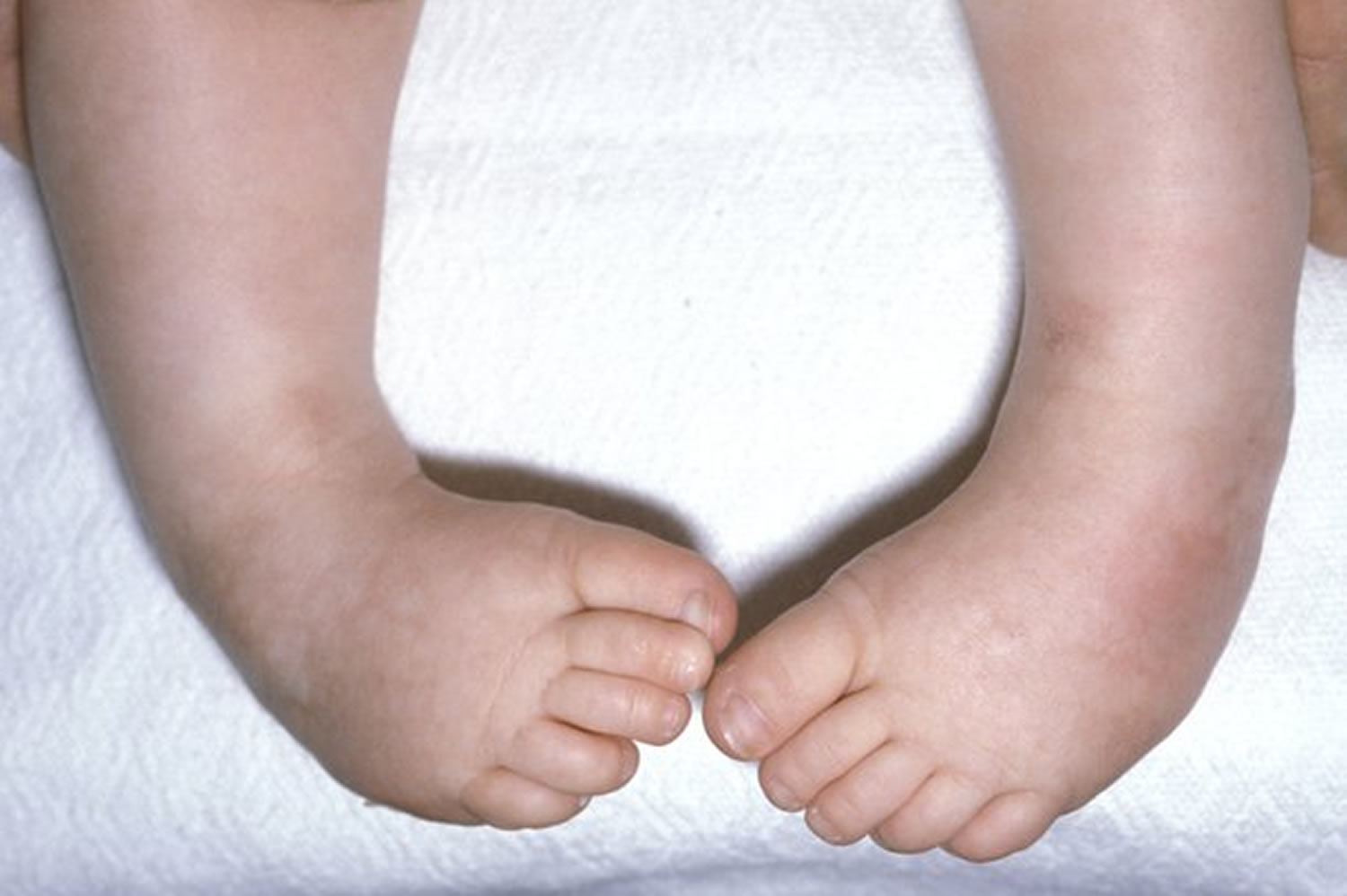



Club Foot Congenital Clubfoot Causes Types Symptoms Treatment



Club Foot Bunionsf Net Professional Foot Treatment Bunion
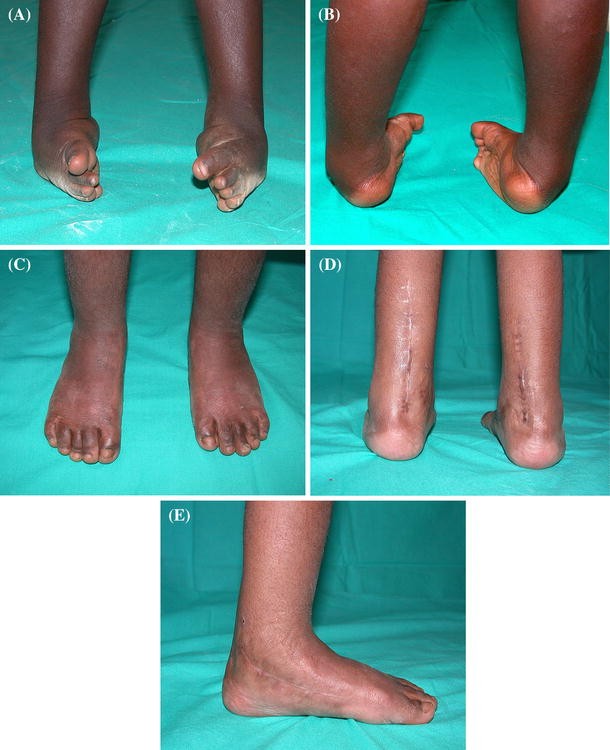



Congenital Idiopathic Talipes Equinovarus Before And After Walking Age Observations And Strategy Of Treatment From A Series Of Cases Journal Of Orthopaedics And Traumatology Full Text
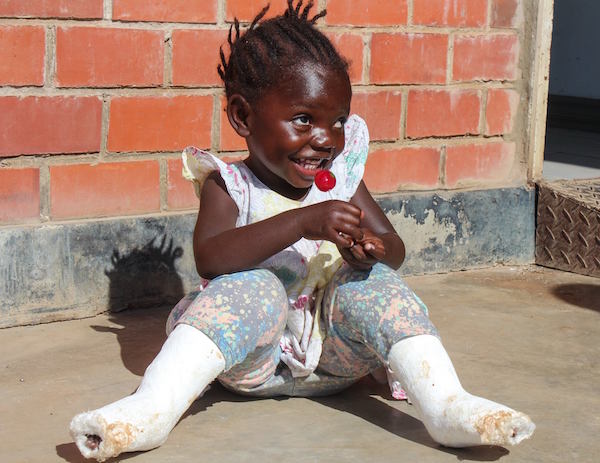



Cure Teams With Wdi To Expand Clubfoot Treatment William Davidson Institute




Can Clubfoot Be Fixed



1




Kentucky Family Describes Clubfoot Treatment Process Whas11 Com




Clinical Photographs Showing A The Club Feet Of A 1 5 Month Old Baby Download Scientific Diagram




Treatment Of Neglected And Relapsed Clubfoot With Midfoot Osteotomy A Retrospective Study
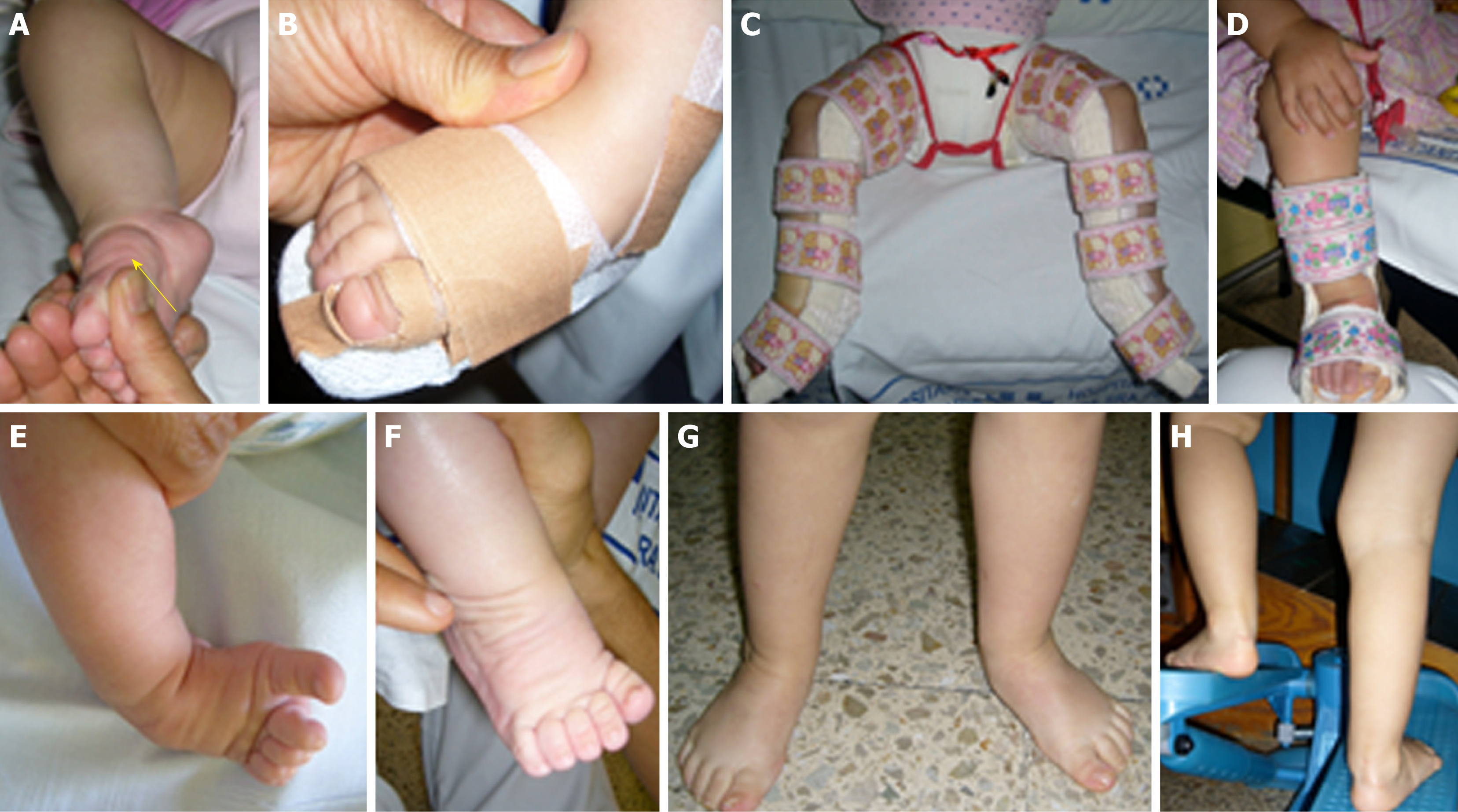



Functional Physiotherapy Method Results For The Treatment Of Idiopathic Clubfoot
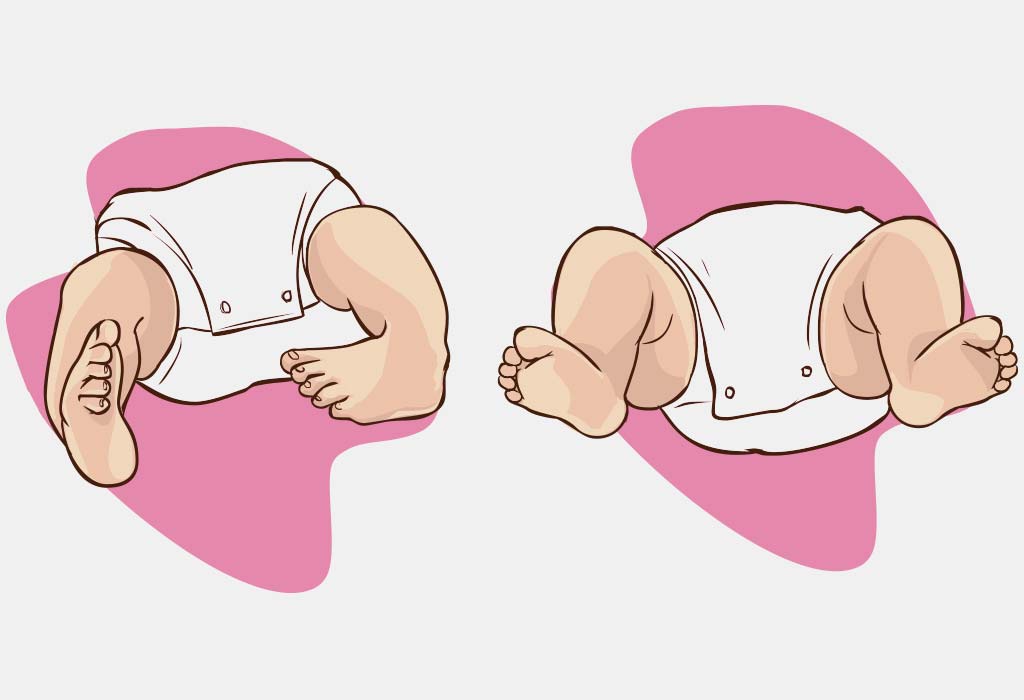



Congenital Talipes Equinovarus Or Clubfoot Causes And Treatment




Club Foot Treatment Rotary Showcase
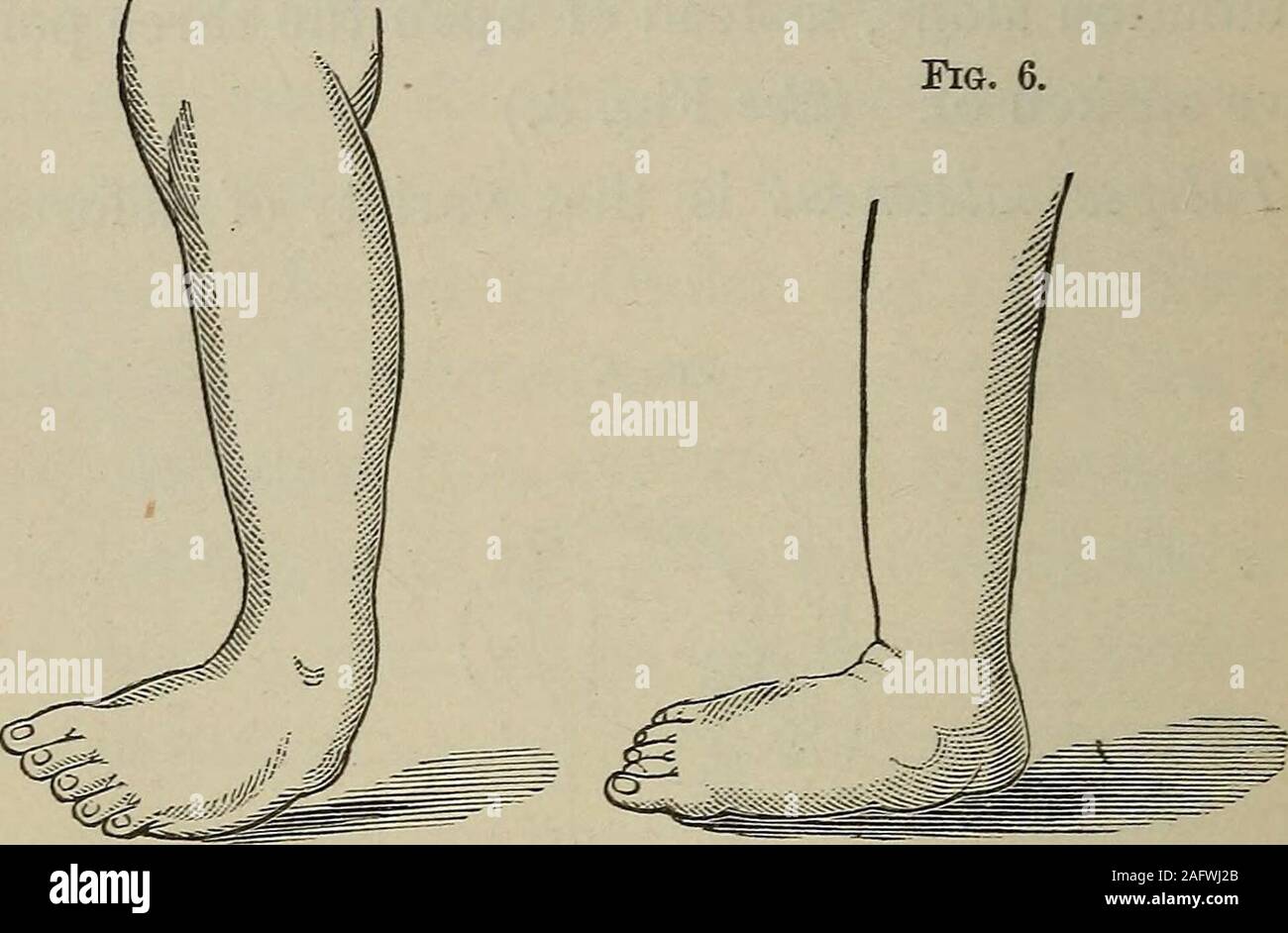



A Practical Manual Of The Treatment Of Club Foot Talipes Calcaneus Where The Anterior Portion Of The Foot Is Elevated And The Heel Touches The Ground See Fig 4 In Talipes Varus The




Clubfoot Treatment Causes Symptoms Diagnosis




Club Foot Treatment Orthopaedic Institute For Children




Pin By Abigail Rattin On Second Club Foot Baby Pediatric Nursing Pediatric Nurse Practitioner
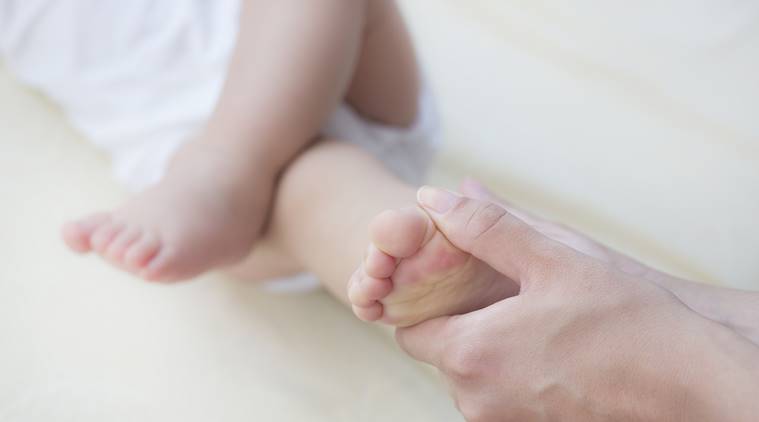



Treating Clubfoot Early May Help A Child Walk Normally Parenting News The Indian Express




Clubfoot Treatment Boston Medical Center
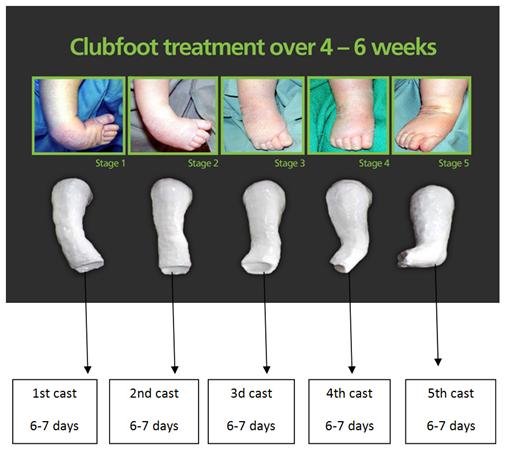



Orthobullets The Ponseti Casting Method For Treatment Of Congenital Clubfoot Corrects Deformity By Addressing Cavus Forefoot Adductus Hindfoot Varus Lastly Equinus C A V E Learn More About Clubfoot Congenital Talipes Equinovarus On
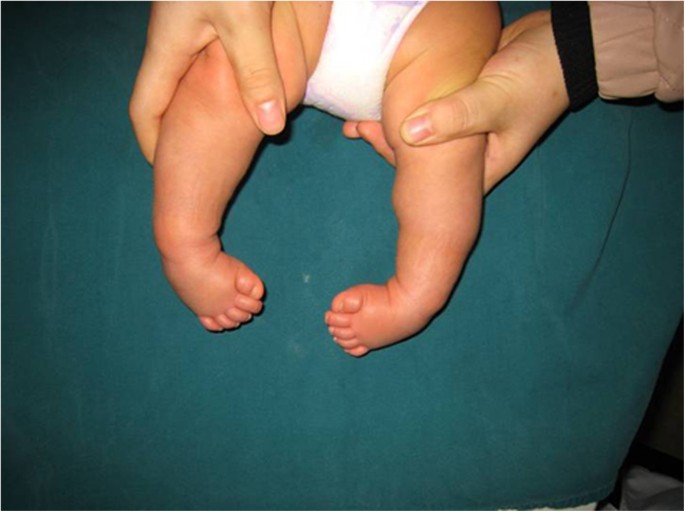



Manipulation And Brace Fixing For The Treatment Of Congenital Clubfoot In Newborns And Infants Bmc Musculoskeletal Disorders Full Text



Clubfoot Success Story Ponseti Treatment In Tanzania Steps
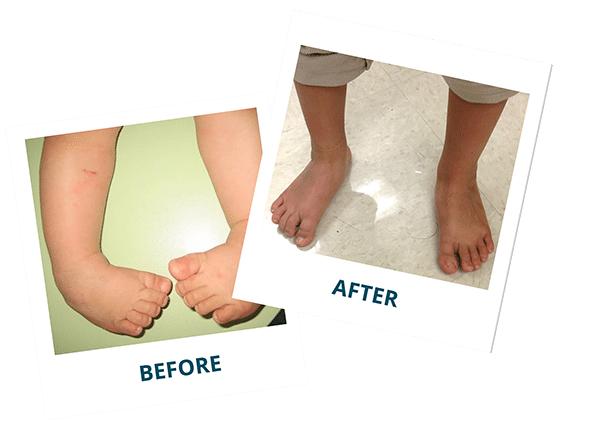



Clubfoot Doctor Ladera Ranch Southern California Foot Ankle Specialists
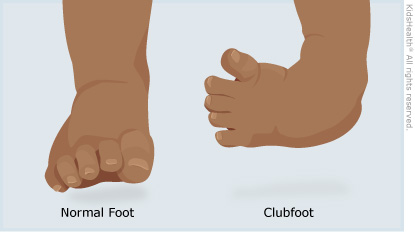



Clubfoot For Parents Nemours Kidshealth




Clubfoot Treatment With A Boots And Bar Orthosis



Clubfoot Orthoinfo os




Understanding Surgical And Nonsurgical Clubfoot Treatment By Kids Orthopedic Issuu



Neglected Idiopathic Clubfoot Successfully Treated By The Ponseti Method A Case Report Of An Adult Patient Who Started Treatment At 26 Years Of Age Journal Of Orthopaedic Case Reports
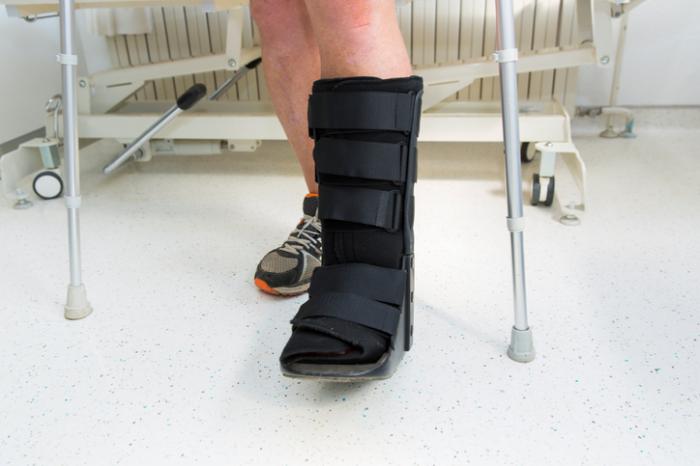



Clubfoot Causes And Treatments




Club Foot




Predicting Recurrence After Clubfoot Treatment Lower Extremity Review Magazine
:max_bytes(150000):strip_icc()/clubfoot_after-56a6fb603df78cf7729142e6.jpg)



Photos Of Babies With A Clubfoot
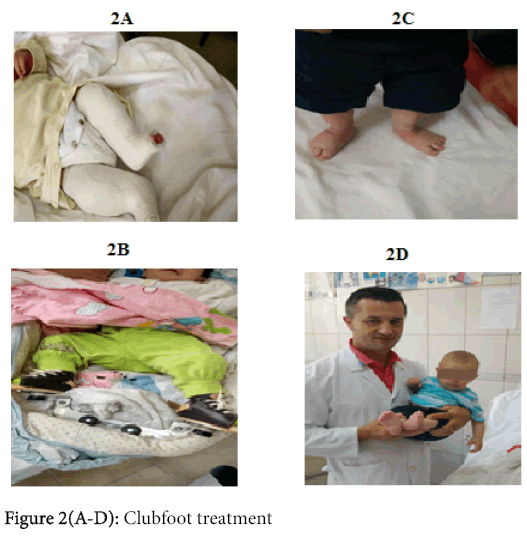



Clubfoot Since Ancient Time Up To Now Omics International




Before And After Clubfoot Treatment Samsoni S Success Story Miraclefeet




Correction Of The Neglected Clubfoot In The Adolescent And Adult Patient Foot And Ankle Clinics



Clubfoot Orthoinfo os




Ponseti International To Expand Clubfoot Treatment Overseas Iowa Now



0 件のコメント:
コメントを投稿